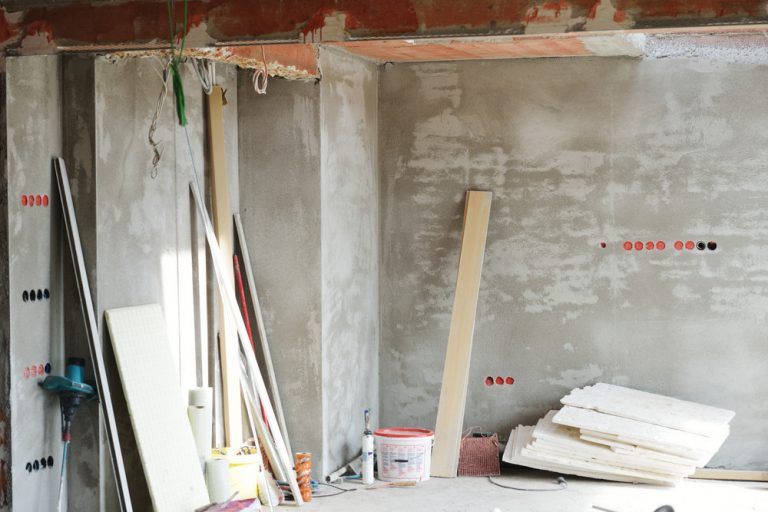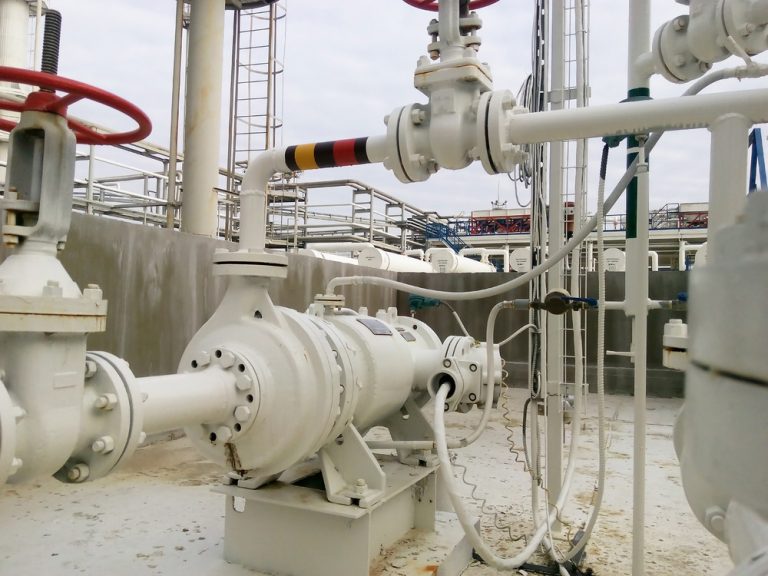
Indoor plumbing dates back to around 2500 BC, with plumbing problems beginning soon thereafter. Today, regular maintenance keeps your indoor plumbing — from water heaters to sewage lines — lasting longer, saves you money, and prevents a costly emergency plumber visit. The following is a list to help you maintain your indoor plumbing to ensure problem-free use.
Use cold water with your garbage disposal. Cold water keeps your blades sharp, allowing your disposal to work at maximum efficiency. Your garbage disposal wasn’t built to handle stringy, sharp, or non-food items; save those items for your compost, recycling bin, or trash can.
Regularly clean your toilet. A clean toilet prevents buildup on and around the jets, allowing your toilet to flush at full power. Use a toilet brush to ensure you give your toilet a deep clean, rather than relying on drop-in tablets that can add more buildup, causing an emergency rooter service later.
Unclog slow drains. When water drains slower than normal, there might be a problem. Use a homemade mixture of vinegar and hot water to flush the drain and unclog debris. Doing this every few months will get the drain flowing again, maintain consistent flow, and prevent buildup.
Fix leaking faucets. Dripping faucets can waste a lot of water, adding to your monthly bill. Water itself might be cheap, but leaks are anything but! A leak in your plumbing can waste up to 90 gallons of water per day, representing about one-third to one-fourth of your daily water use and according to the EPA, leaks waste up to 180 gallons of water every week. To maintain the well-being of your indoor plumbing and faucets, check them regularly and make repairs as needed.
Check water pressure. Test the water pressure with a pressure gauge to ensure it is at a safe and operational level. Once the correct level is maintained, add a pressure regulator to maintain your water pressure at a safe level.
Regularly clean drains. Most homes will need a drain cleaning service every six months to two years to clear out debris that clog your sewer line. Having this service performed regularly will prevent cracked or broken pipes and all told, a professional drain cleaning is more effective and cheaper in the long run than replacing pipes.
Prep your pipes for winter. There’s nothing like a burst pipe to disrupt your life and ruin your day. Before cold weather hits, ensure your pipes are insulated, drain pipes or hoses that won’t be used during the winter, cover exposed pipes, and when cold weather hits, allow heat to reach pipes to prevent damage.
Replace your water heater. The average lifespan of water heaters is eight to 12 years, which means if you bought your house before your kids were born and they are leaving grade school, now is the time to replace it. By replacing your old water heater with a new system, you’ll save energy, reduce costs, and a new water heater will cost less than your current system is worth fixing. Tankless water heaters, in fact, are more efficient and durable than tanks made in the last decade. Once your new heater is installed, mark your calendar every 6 months to drain the water heater to remove sediment that reduces overall efficiency.
Sewer Line Maintenance. Preventive sewer line maintenance prevents serious blockages that can seriously damage your system. Your sewer line requires periodic maintenance to prevent problems from age, wear, and tear. Trees are wonderful, but their roots can cause problems for your plumbing system. Remove trees planted near the sewer line and to prevent damage, use copper sulfate crystals to create a poisonous zone around the pipe. Grease stoppages are prevented by installing a grease receptor under the sink to allow only water to escape to the sewer line. Installing a backwater valve in your home’s drainage system will prevent a backwater stoppage.
Regular preventative maintenance for your indoor plumbing will help you avoid a major plumbing problem down the line. Water heaters and sewage line maintenance present the best opportunity to stay ahead of damage to indoor plumbing lines and most preventative maintenance can be performed yourself.






